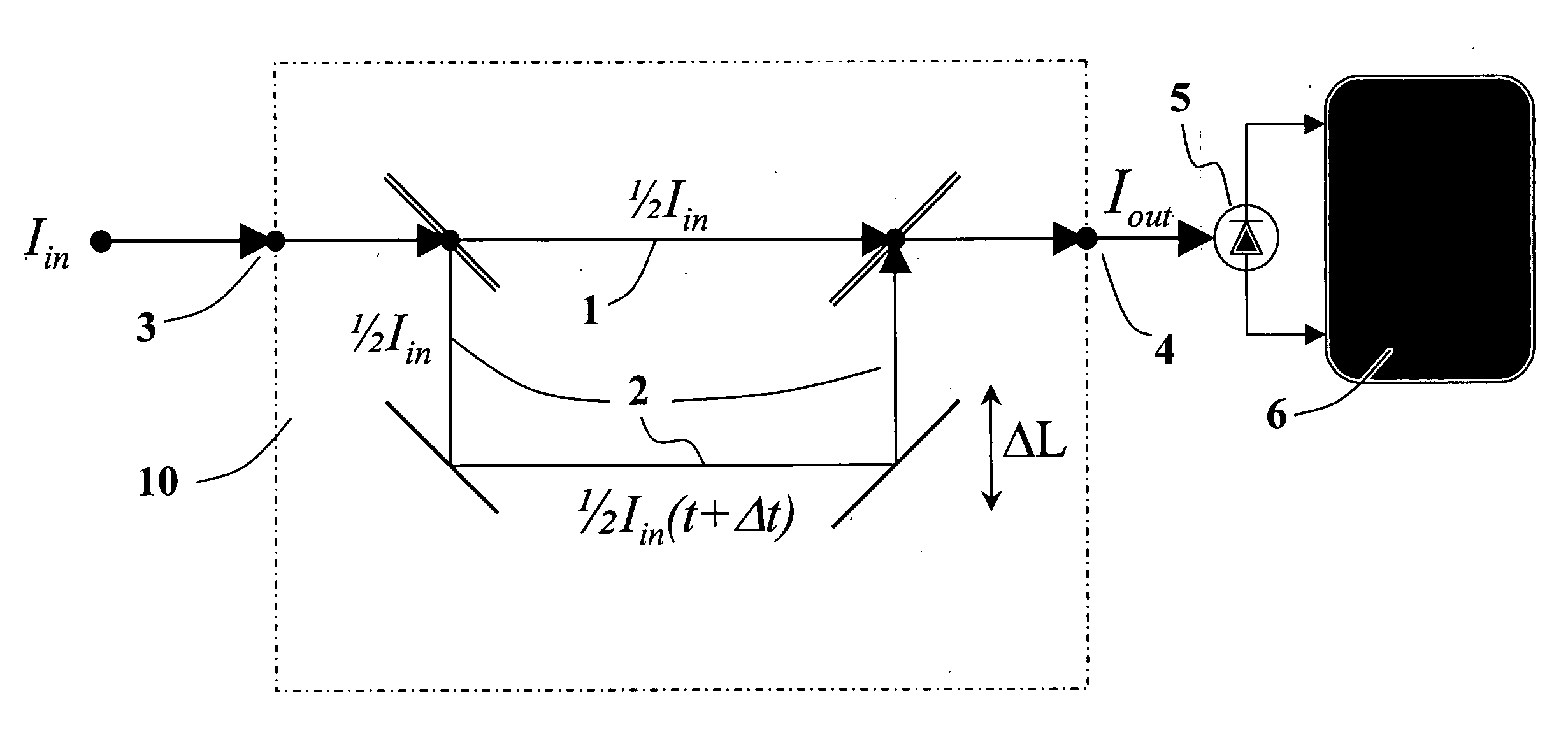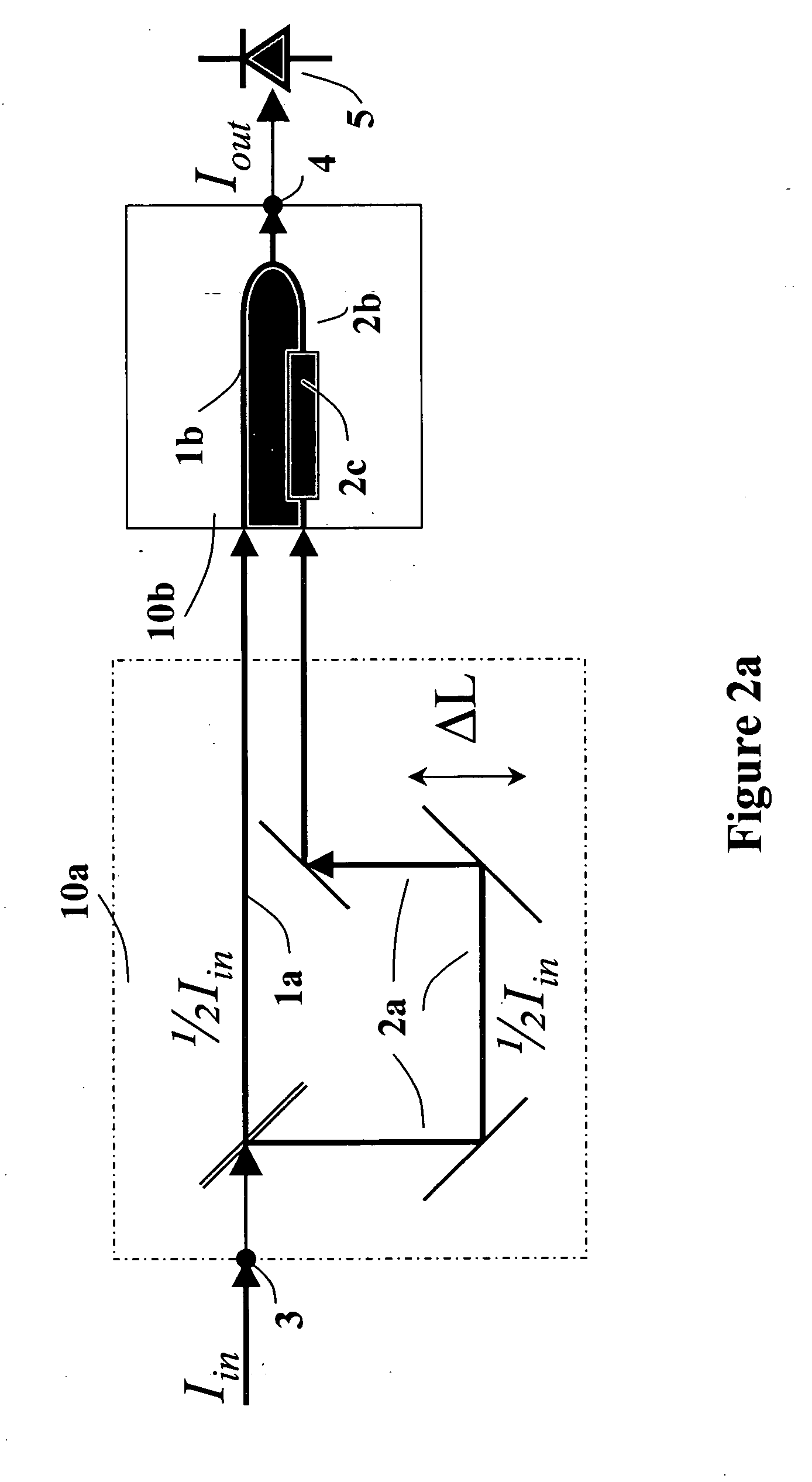Apparatus and method for characterizing pulsed optical signals
a pulsed optical and signal technology, applied in the field of communication signals, can solve the problems of affecting the quality of optical signals, and reducing the accuracy of optical signals, so as to achieve the effect of reducing the difficulty of optical signal processing
- Summary
- Abstract
- Description
- Claims
- Application Information
AI Technical Summary
Benefits of technology
Problems solved by technology
Method used
Image
Examples
Embodiment Construction
[0061] Reference herein to any embodiment means that a particular feature, structure, or characteristic described in connection with the embodiment can be included in at least one embodiment of the invention. The appearances of the phrase “in one embodiment” in various places in the specification are not necessarily all referring to the same embodiment, nor are separate or alternative embodiments mutually exclusive of other embodiments.
[0062] The present invention addresses the limitations of prior art systems by making use of the fact that the coherence length of a light beam forming original optical signal bits is much larger than the coherence length of the added optical noise. This makes it possible to separate the bit signal level from noise by using coherent interference effect.
[0063]FIG. 1 illustrates the process of obtaining an interference signal from combining two analogous signals derived from a detected signal in a communication system in general, and a pulsed optical ...
PUM
 Login to View More
Login to View More Abstract
Description
Claims
Application Information
 Login to View More
Login to View More - R&D
- Intellectual Property
- Life Sciences
- Materials
- Tech Scout
- Unparalleled Data Quality
- Higher Quality Content
- 60% Fewer Hallucinations
Browse by: Latest US Patents, China's latest patents, Technical Efficacy Thesaurus, Application Domain, Technology Topic, Popular Technical Reports.
© 2025 PatSnap. All rights reserved.Legal|Privacy policy|Modern Slavery Act Transparency Statement|Sitemap|About US| Contact US: help@patsnap.com



